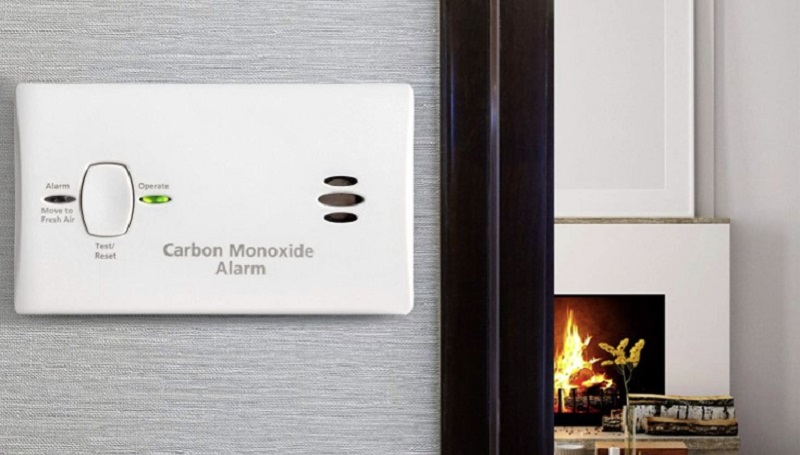Carbon monoxide (CO) is a colorless and odorless gas found in the fumes of carbon-containing fuels. These can include gasoline, coal, and wood.
The incomplete burning of carbon-containing fuels like charcoal, kerosene, propane, oil, and natural gas produces CO. Carbon monoxide is less dense than air, which means it will rise like a bubble once present and flow from an enclosed space to the open air. But how long will it take to dissipate into the air?

The time it takes for CO to leave the air in an enclosed space will depend on how much fresh air is flowing through. In the human body, the half-life of the gas is about five hours. You can also roughly translate it to a half-life of about five hours for a well-ventilated room.
Understand that by half-life, it means that after a specific amount of time, half of the CO will dissipate and half of the remainder will spread out after another five hours. So, depending on how much CO is in an enclosed space, it can take a minimum of five hours to a day or two to dissipate.
Contents
Can opening windows reduce carbon monoxide?
Opening the windows is often a recommended step that you can use to get rid of carbon monoxide from your house. Ideally, it is sufficient to create a draft of airflows.
While fresh air will rush in, the air flowing out of the window must exceed the air movement into the room to eliminate the CO.
What to do if there is carbon monoxide in your house
If you have installed a carbon monoxide detector and the device detects the presence of the gas in your home, the following is what you should do in order:
1. Move to fresh air immediately
Carbon monoxide is a toxic gas that might lead to death if inhaled. When you detect it in your home, consider moving to fresh air. That can include going outdoors or opening the door or window. Ensure that everybody in your home is in the fresh air and avoid re-entering the premises until the gas dissipates or you have aired out the room.
2. Call your local fire department
Your local fire department will help you to air out the room. Once they complete the necessary steps, they will let you know when to go back to the house.
3. Investigate the source(s) of the carbon monoxide
Your next step is to determine the source of the gas. These can include:
- Stoves
- Fireplaces
- Wood-burning stoves
- Charcoal or gas grilles
- Vehicle running in an attached garage
- Portable fuel-burning space heater
Understand that artificial heating is a significant contributor to carbon monoxide in a home. Also, CO is more common among older furnaces, HVAC systems, and gas water heaters that you have not vented well.
How to test for carbon monoxide
It is almost impossible to detect carbon monoxide in a home. However, the best way of testing for the gas is to install a carbon monoxide detector. If you do not have the device, here is how you can determine the presence of the gas in your home:
- Check for condensation – Excessive condensation in a room where you have installed your appliances indicates that CO may be present.
- Check gas cooker flames – If you are using a gas cooker, you will see orange or yellow-colored flames instead of the vibrant blue ones. That indicates the presence of CO.
- Check the pilot light – If the pilot light blows out frequently, it is a notice of possible high levels of CO.
Also, check for yellow-brown stains on or around fuel appliances. If present, CO levels are high. However, a more reliable way of testing for the gas is to install a CO detector as it will beep when it detects dangerous CO levels.
Alternatively, use an indoor air quality monitor or combustion analyzer to ensure the ratio of CO to oxygen remains within a safe range.
In a recent article, we explained the proper placement of a CO detector to ensure that it detects CO and doesn’t have false positives.
Conclusion
Carbon monoxide is a colorless and odorless gas that is toxic to humans. Once produced because of the incomplete burning of carbon-containing fuels like charcoal, kerosene, propane, and oil, it will take at least five hours to dissipate. You can detect the presence of CO in your home by installing a carbon monoxide detector. Also, use a combustion analyzer to ensure the ratio of CO to oxygen remains within a safe range.
